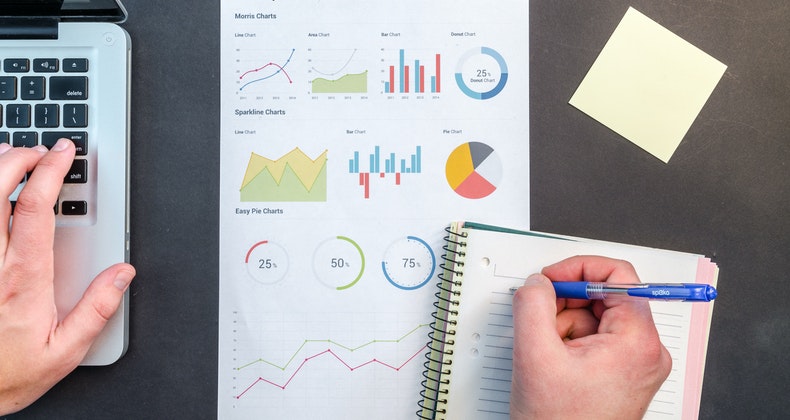Data is an important asset that stands as a living proof to anything. But how good is your data story? Do you know what it takes to be a master in data storytelling? Do you know how explain what your data means? Check out this article on how you can use data visualization to tell your data stories.
If you are put up a question on how much was your sales the last month, then a simple data visualization would do the job. But if you need to explain “why”, then you need a data story. Data storytelling has the power to convey the message to a large audience easily. It serves the very purpose of data, and it helps to achieve complete data literacy.
Normal data visualizations are standalone visualizations. In contrast, a data story flows through a journey to explain everything in detail. The beginning of the story should introduce the visualizations and reports, and the importance of the story. Then, the story should explain the things in detail and finish off with a summary and recommendation.
Here are the 4 most important steps to take to becoming a master in data storytelling with data visualization.
1) Context for data storytelling
All stories need a context. For this purpose, you need to need to consider the point you are trying to convey, and the intended audience.
You may come across questions such why customers are falling back. This would serve as the basis of your hypothesis and you can use your data to answer the questions. It is good to start analyzing a problem, by researching why it became a problem. For this purpose, you would get to know the data you are working with, even if it is a non-technical audience. Study your audience because it can influence your visualization types and your storytelling language.
2) Visualization aesthetics and the types
Data visualization is an area that provides a lot of space for creative freedom. However, all visualizations should always provide clarity.
Visualizations that look cool may not the best visualization, especially when you are providing it to a non-technical audience. They need to be simple and legible, while providing the information in one-shot. Furthermore, you need to understand that the visualizations are not for yourself to ingest, but for others.
Below are 3 common mistakes committed when picking a data visualization.
a) Visualization is too cluttered
It becomes difficult to read when a visualization becomes too cluttered. The audience may misinterpret the visualization, or they may even lose their attention. Visualizations need to be clutter-free and simple providing good visual cues and a good message.
b) Color scheme is outdated and ineffective
Colors play an important role in presenting your visualizations. They are first point of contact for the eyes of audience. They need to be pleasing, rather than dull and boring. In addition, they need to provide clarity to the visualization. For example, in a visualization that depicts HIGH and LOW (or) Positive and Negative, should be color-coded and GREEN and RED. Therefore, the audience can easily understand and spot the trends.
c) Some visualization types do not fit the audience or the data
Not all data visualization types suit the audience or the data itself. Only some of them serve as the best suited visualizations. Some of the popular data visualization types for non-technical audiences are:
- Pie charts – Good to show percentages
- Bar charts – Best for comparisons
- Line charts – Effective to show the trends
- Scatter plots – Apt for showing the data distributions
3) Narratives
Data stories involve 2 narrative types: Data visualization narrative and the story narrative. And, here is why you need to understand and use both.
- The data visualization narrative depicts what a specific chart or graph means. The audience need this narrative in your visualization when see them for the first time. Otherwise, they would need a long time to understand the data.
- The story narrative applies to the entire set of data visualizations. Besides, it should help the audience to learn the story from the beginning to the end. This narrative should have a logical flow, which also provides a logical conclusion. It should act as a transiting path to the different visualizations in order.
4) Action
Insights should provide recommendations and they should pave way for further action steps. You have explained your data story well and the importance behind, but should be the takeaways for the audience? What should they do with this information?
The data story should end with a set of options and its probabilities for your decision makers. Hence, they would be able to make an informed decision. Besides, information that ends in decisions is the goal of good data stories.
It is necessary to use effective data visualizations for your data stories. It helps you to make data-informed decisions and stay productive. So, get ready to leverage our data visualization services to improve your business management efficiency. Request a FREE demo today.

